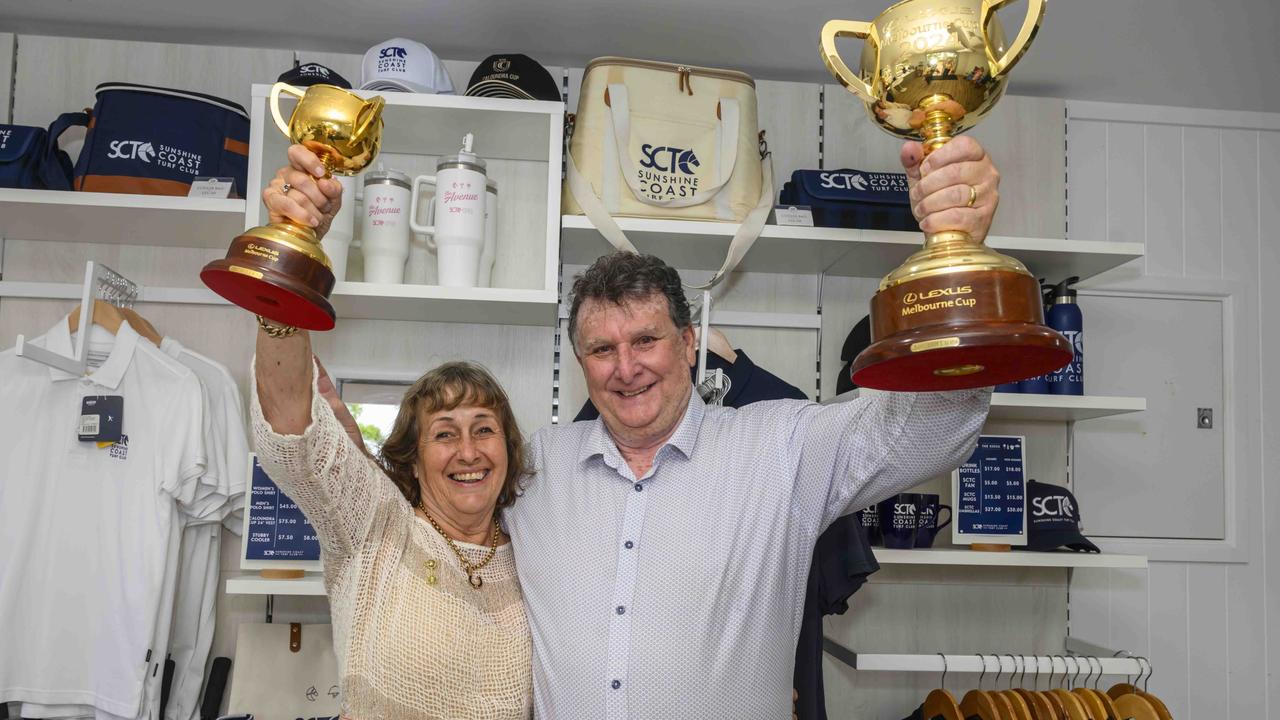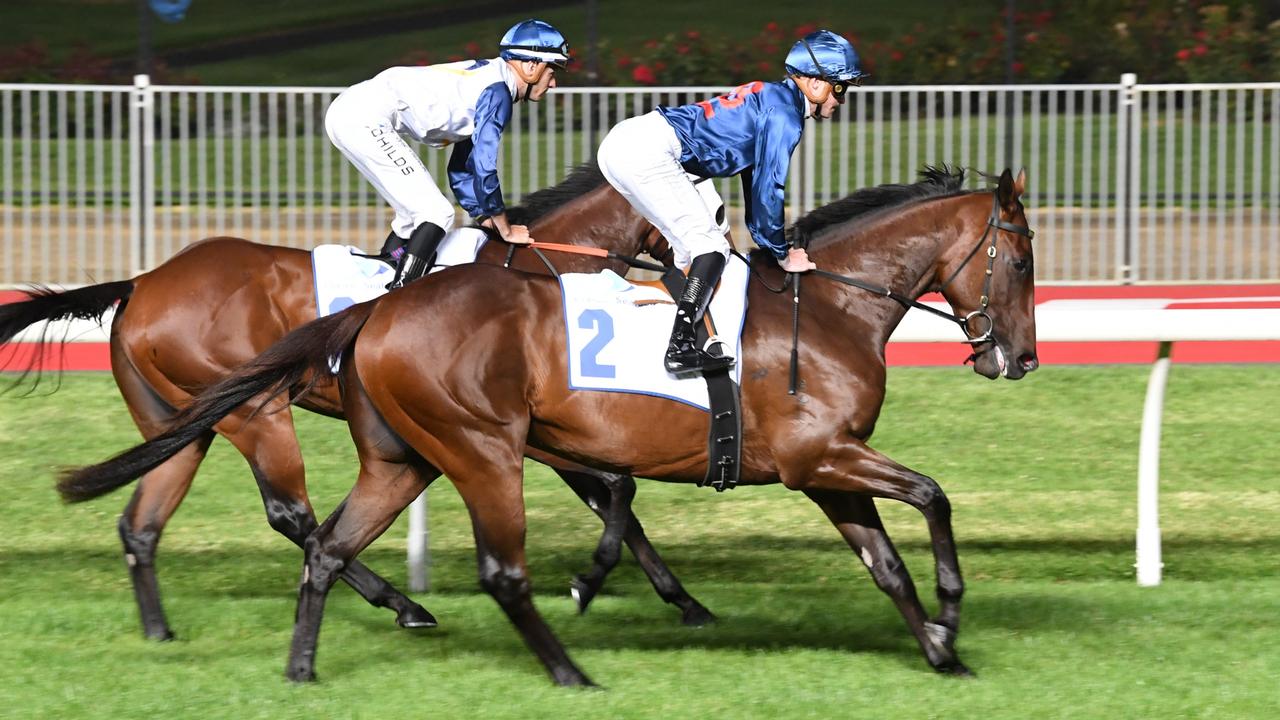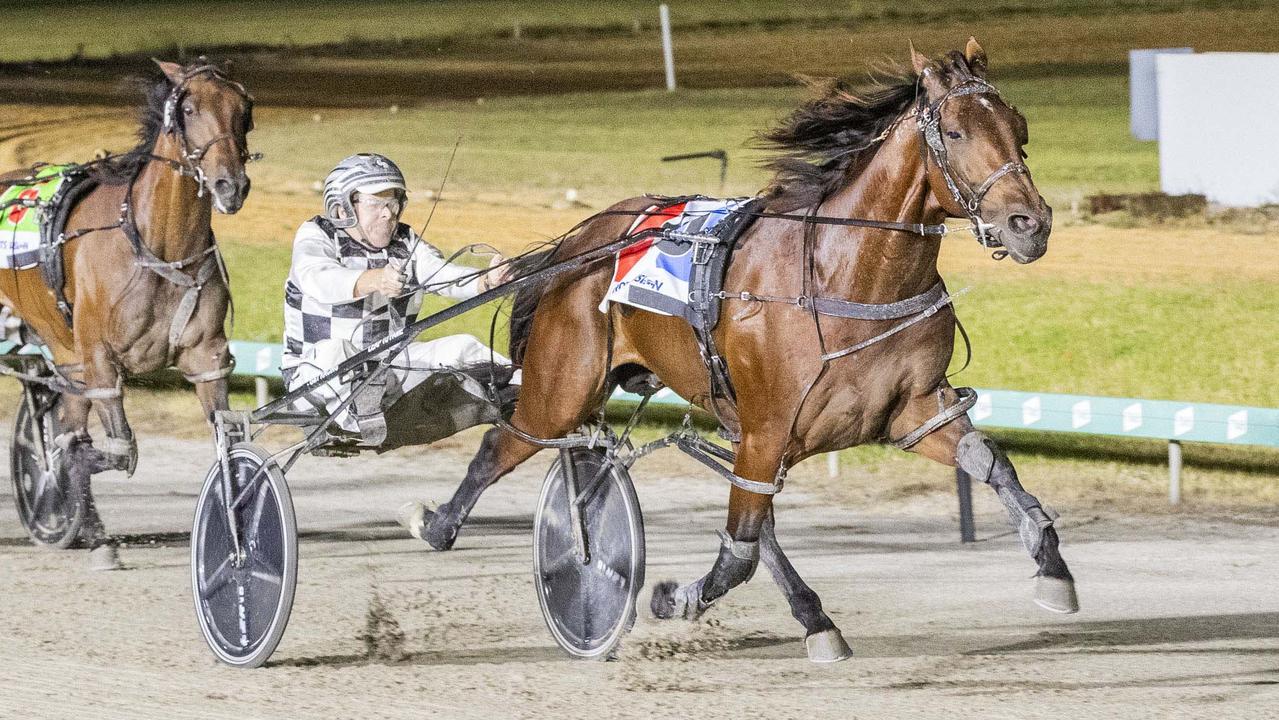Inside 2024 Melbourne Cup vet protocols: ‘We want to see horses race … not miss out’
Gilbert Gardiner examines Racing Victoria’s Melbourne Cup veterinary protocols, explaining how technology is used to identify horses at a heightened risk of injury.

Each horse in the Melbourne Cup has one final Racing Victoria vet inspection to pass.
The trot up on Monday is the last box left to tick in an eight-week process, longer for internationals, designed to reduce the risk of catastrophic horse injuries sustained in the Melbourne Cup.
Two vets will assess each horse, with a third independent and specialist fresh set of eyes on standby for any Cup-morning follow-up inspections.
Racing Victoria and Victoria Racing Club introduced strict veterinary protocols in 2021 after a spate of horse deaths in the Melbourne Cup, mainly international contenders.
Irish star Anthony Van Dyck, trained by Aidan O’Brien, was the seventh horse to die in the Cup in as many years to 2020.
• PUNT LIKE A PRO: Become a Racenet iQ member and get expert tips – with fully transparent return on investment statistics – from Racenet’s team of professional punters at our Pro Tips section. SUBSCRIBE NOW!
Others suffered career or life-ending injuries in quarantine during the build-up to the Cup.
Racenet has delved into the veterinary process behind the Melbourne Cup.
RV general manager veterinary services Dr. Grace Forbes has underlined the importance of pre-race vet checks for the Melbourne Cup notably, but also other feature races on the calendar including the Caulfield Cup and Cox Plate.
“We’re there to get horses to the races, we go in there with that attitude,” Forbes said.
“We want to get fit, suitable horses to the races, we don’t go there (stables) with the intent of trying to find a horse that’s not suitable.
“We understand it’s a little bit nervous (trainers and owners) because this is maybe the last hurdle to actually get into the race.
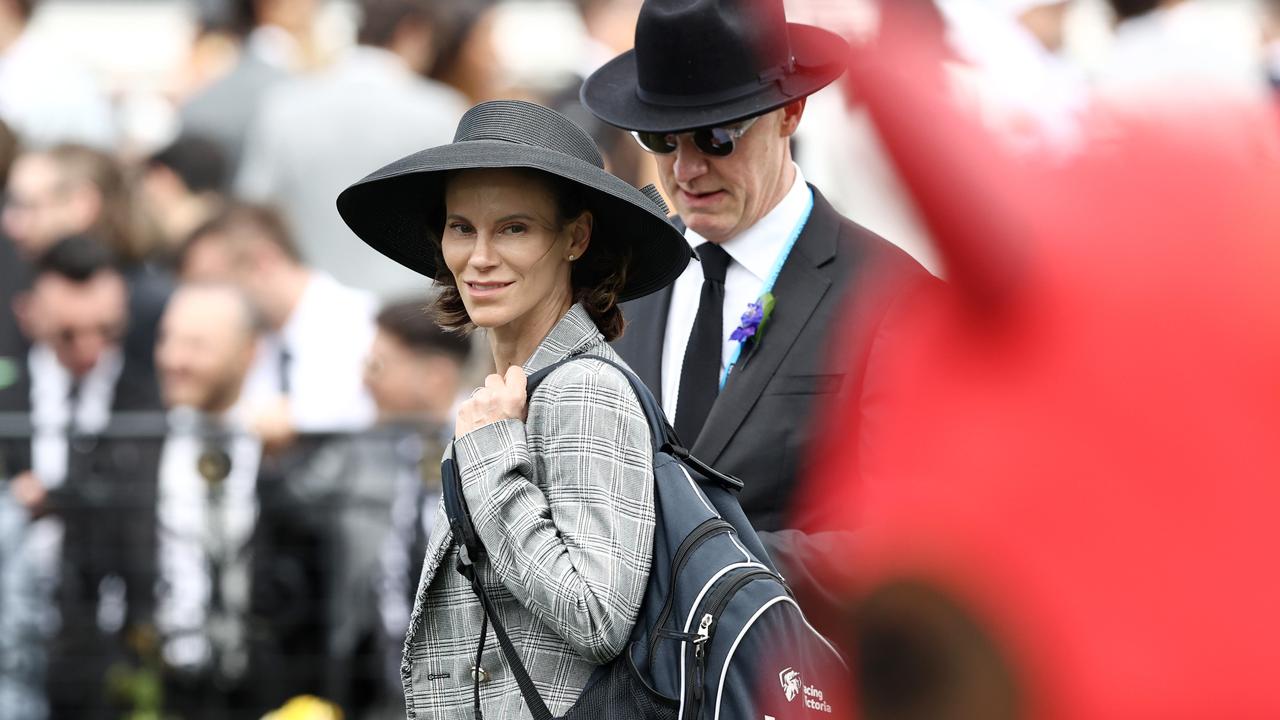
• COMMENT: Why we must back the vets’ calls on Cup runners
“Our aim is to get the horses to the races and if that means getting up at 6am the next morning to go and reinspect a horse we’re happy to do that.”
Three horses were withdrawn from the Cup last week on specialist advice, after compulsory CT scans on the lower legs, and one following general vet inspection.
RV has access to an independent panel of five experts, local and international, in equine surgery or imaging to review scans for any “pre-fracture pathology”.
Each set of scans is reviewed by three panellists, “independently of one another”.
“They don’t talk about their results, they get a set of images, they review them and then they provide their feedback to me,” Forbes said.
“They’ll tell us what risk a horse carries … specifically the ones we’re concerned about is whether they think a horse is at a heightened risk of injury.
“Every horse has a risk of injury, like every person has a risk, every footy player runs a risk they could tear a hammy.
“In a footy sense, you rely on the players previous injury history, we often hear about players scanning their hammy to check if it looks OK.
“There is a risk, it is small, but there is a small risk of injury in any horse and this is looking at identifying the higher risk of injury.
“If they say they think a horse is at a heightened risk of injury that is them telling us they think a horse has a higher risk of injury and is not suitable to race.”
• JAN BAN: Aidan O’Brien responds to Jan Brueghel’s Cup withdrawal
Reports obtained from the panel are generally unanimous, but for rare occasions when Dr Forbes must go with the majority opinion.
“I’m like a GP, I’m not a specialist, these people are specialists,” Dr Forbes said.
“Same as for a human, you go to the doctor and say I’ve got a sore knee and they say go and get a scan done … a specialist will read your scans and a report sent to your GP.
“I don’t try and read the scans myself, I take the advice from the specialists.”
Dr Forbes said general “wear and tear”, while potentially noted in the reports, did not form part of the assessment for suitability to race.
“Some arthritis doesn’t put you at risk of having a more serious injury like a fracture,” Dr Forbes said.
“They’re looking for early signs, the start of a fracture (pre-fracture pathology), that’s what they’re looking for.
“There’s been scientific studies … trying to identify how can we prevent fractures by trying to detect them at an early stage and what does an early stage look like?
“The tough thing for people sometimes (understanding) that doesn’t mean the horse is going to have a fracture, it’s just at a much increased risk of having a fracture.
“And that risk isn’t tolerable for us and I think that’s the challenge … people think are you saying (an injury will happen) the very next time I gallop my horse.
“It’s not necessarily, but it’s at a very much higher risk than the average horse and that is not tolerable for us, and for most (racing jurisdictions).”
WHAT IS A PRE-RACE VET INSPECTION AND TROT UP?
After a short walk for the horse to get moving again, if boxed, and stretch its legs, vets start with a palpate, physical exam of each limb, check the feet and flex the joints.
The horse is trotted up and back in a straight line on a firm and flat surface – concrete paths, asphalt or compacted sand roads.
“We jog them up on a firm surface for the benefit of the horse, a firm, flat surface,” Dr Forbes said.
“If you trot up on grass there can be divots, an uneven surface, it can make a horse not look its best … a nice smooth surface gives us a consistent look at how the horse moves.”
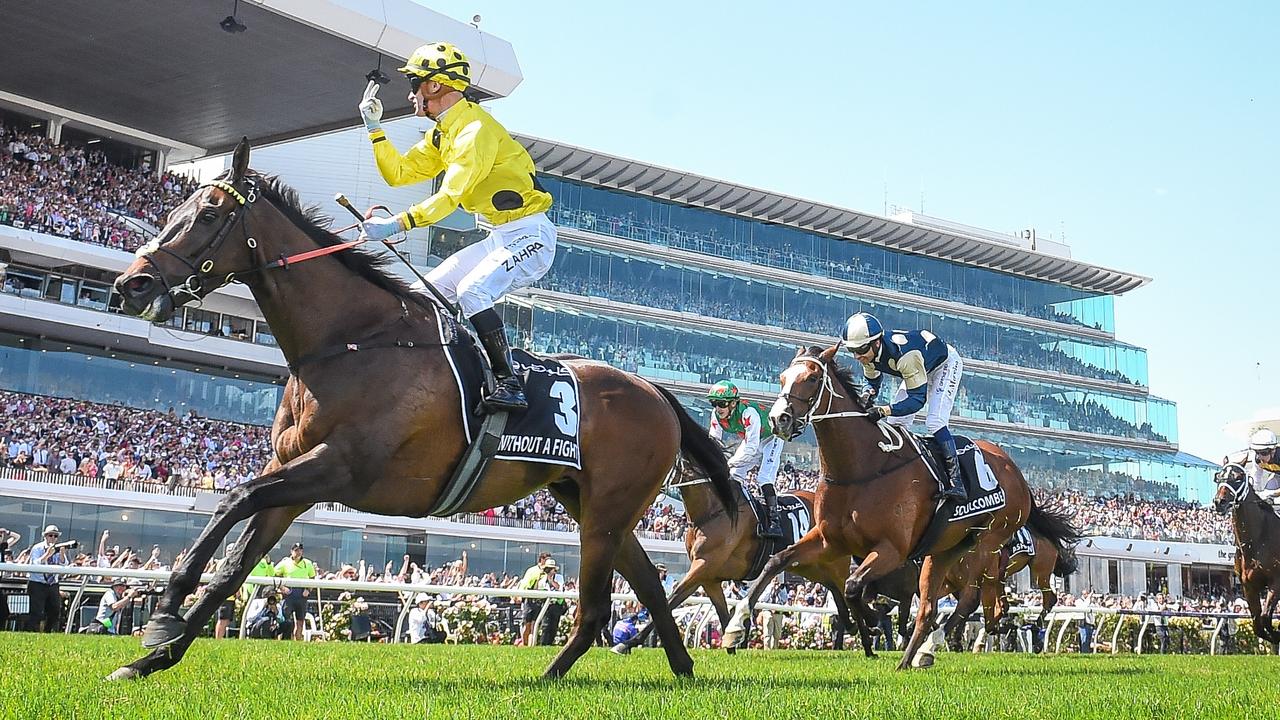
HORSES CAN CHANGE GAIT
“You can have a horse moving really fluidly and well and for any number of reasons … it looks different today,” Dr Forbes said.
“If a horse’s gait has changed, it’s not automatically saying there’s a big problem that’s going to prevent a horse from racing right now or into the future.
“Sometimes that is the case, more often than not, we’re looking at a horse at a point in time and we might’ve happened to see the horse not at its best.
“It might be with the course of time even, without anyone doing any intervention, and we see it the next day and it’s back moving in its normal gait.”
A veterinary clearance is required for a horse to race again after failing a physical inspection.
Without A Fight was deemed at a heightened risk of injury at the end of the 2022 Spring Carnival.
The Anthony and Sam Freedman-trained stayer completed the Caulfield-Melbourne Cup double last year.
“Without A Fight shows where a horse is found not suitable on imaging, which that horse was, historically … the stable went away, managed the horse, brought it back and it went on to compete really successfully,” Dr Forbes said.
“Where the horse is deemed to be high risk that by no means is saying it’s the end of their career, typically need to go away and be managed and they go through a vet clearance process where they return to racing.”
THE ROLE OF TECHNOLOGY?
Equine gait analysis software, primarily used to catalogue vision of trot ups and inspections, has created a valuable reference point and data bank.
RV has recorded trot ups in high definition the past two years with the Sleip app, widely used by veterinarians in American, Europe and Australia.
“Before I go out and look at a horse I can say I’ve looked at the horse last autumn, the spring before,” Dr Forbes said.
“How was it moving then, OK, maybe it wasn’t a perfect mover, had a little bit of asymmetry, we’re all comfortable with that.
“So when I come back to look at it before the Melbourne Cup, it has a little bit of asymmetry, it’s like OK that’s been consistent for that horse.
“We’re getting a good record and it’s only going to get better, the trainers can send us a video of the horse any day of the week … they can help us build that picture over time.”
Equinosis, a lameness locator powered by sensors on a horse’s head, pastern and rump, is also used by RV vets to check symmetry in movement during trot ups.
“We jog them up once, we jog them up again with the extra equipment and then we’ll advise the trainer of the outcome,” Dr Forbes said.
“The app isn’t used for decision-making, more as a point of reference … look at the horse and say how was it two months ago, three months ago, maybe 12 months ago.
“If you do see a horse, not many horses are perfect, with a mild asymmetry then you feel reasonably comfortable if you’ve seen that along the journey.
“The decision-making comes from our clinical opinion.”
Originally published as Inside 2024 Melbourne Cup vet protocols: ‘We want to see horses race … not miss out’


